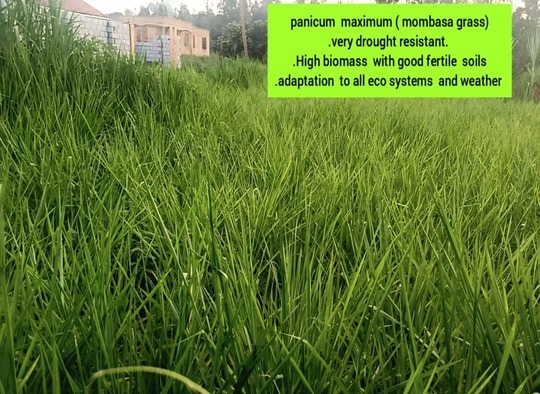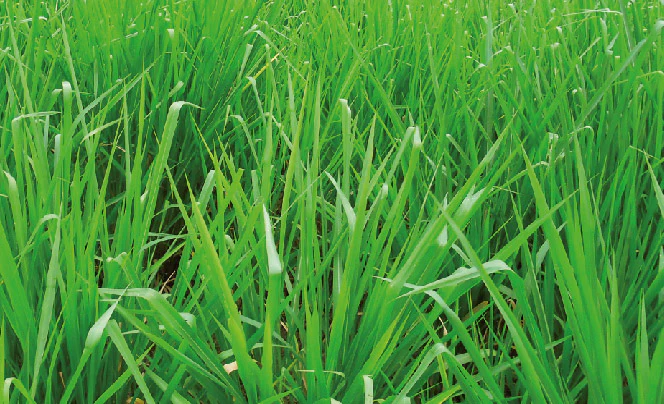Welcome to Itungo Pastures
- +256705167067, +256782185097, +256744000011
- Wakiso Town Council along Hoima road
- itungopastures@gmail.com

Panicum Maximum, commonly known as Mombasa Grass or Guinea Grass, is a highly productive, leafy, perennial grass native to tropical Africa, valued for forage, hay, and silage. It has a deep root system, making it drought-tolerant and adaptable to various soils, though it prefers well-drained, fertile conditions. The grass is a key feed source for livestock, growing up to 3-4 meters tall, and is also used in agroforestry and for biomass production.

Download Notes
